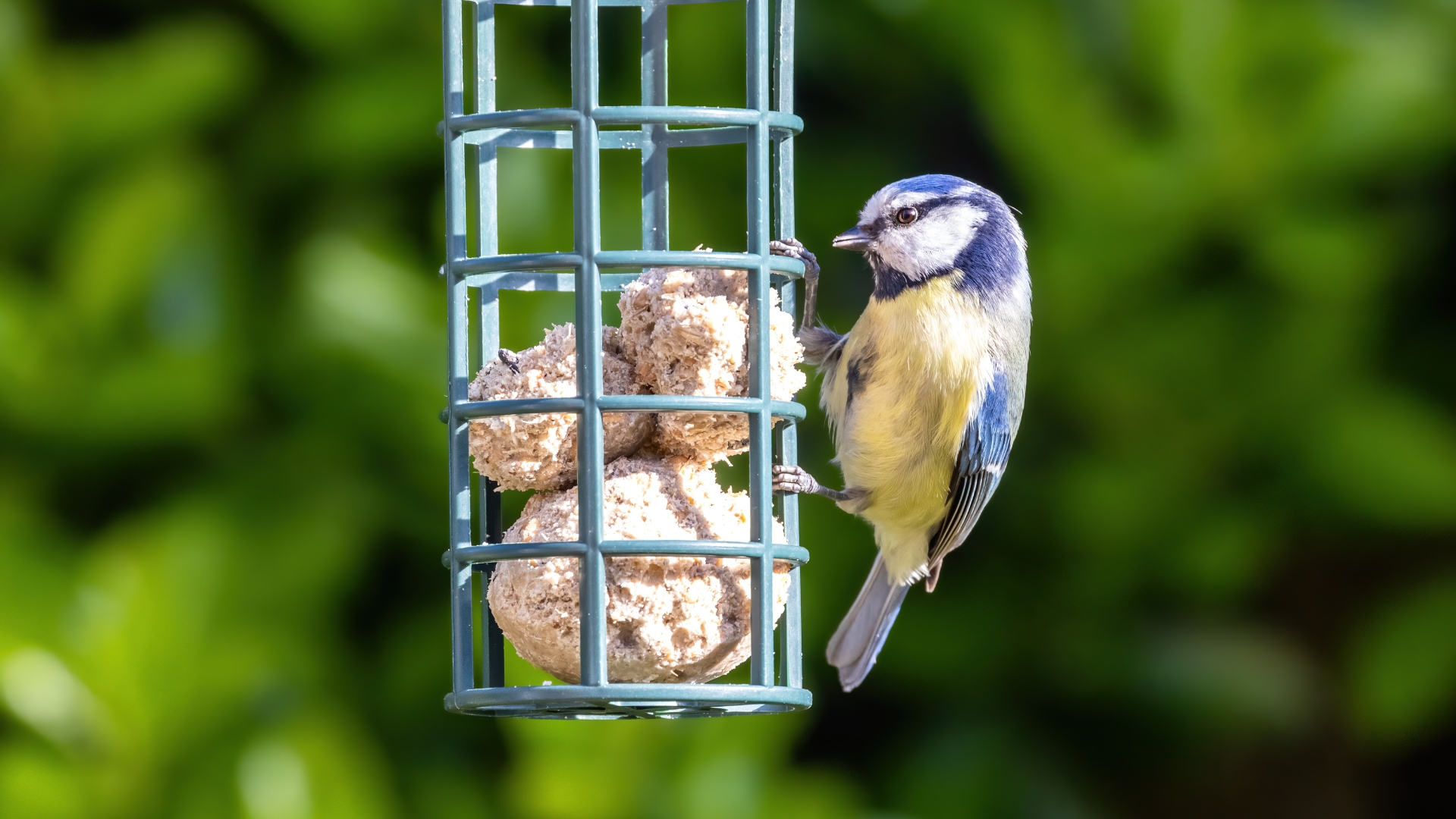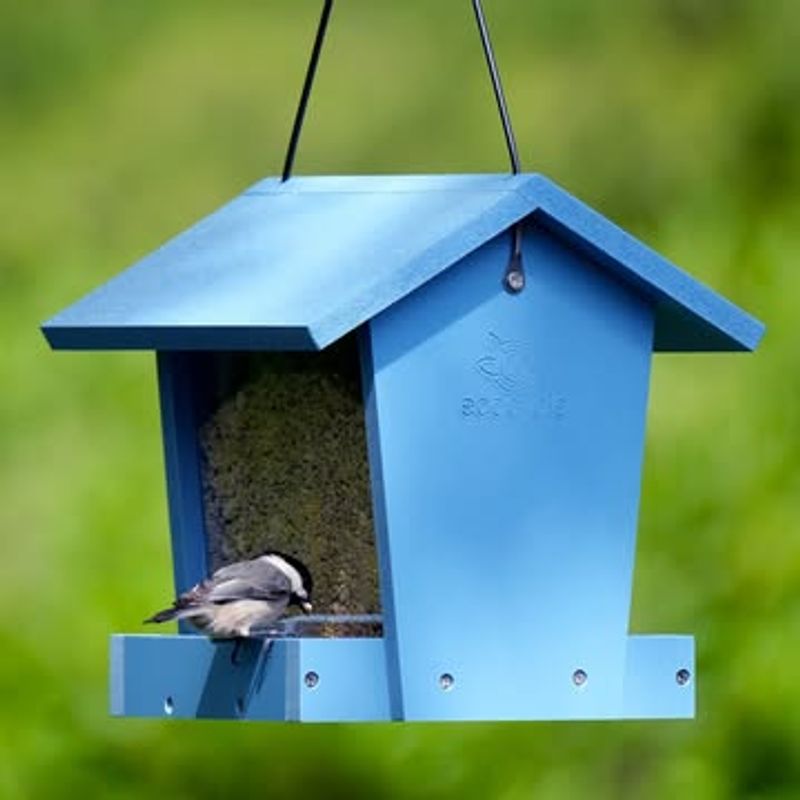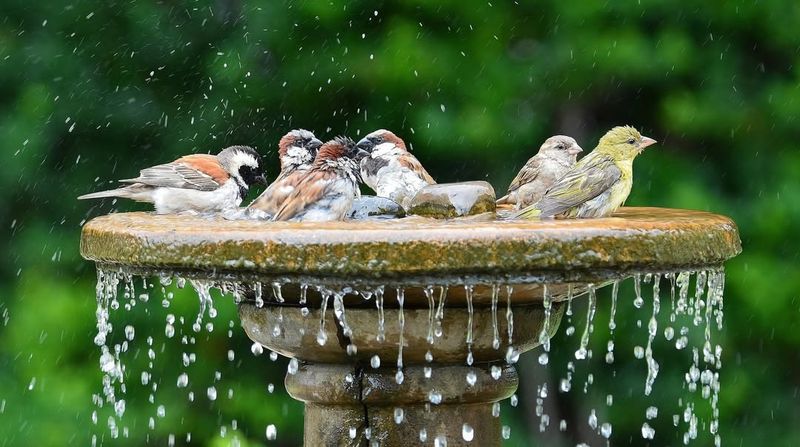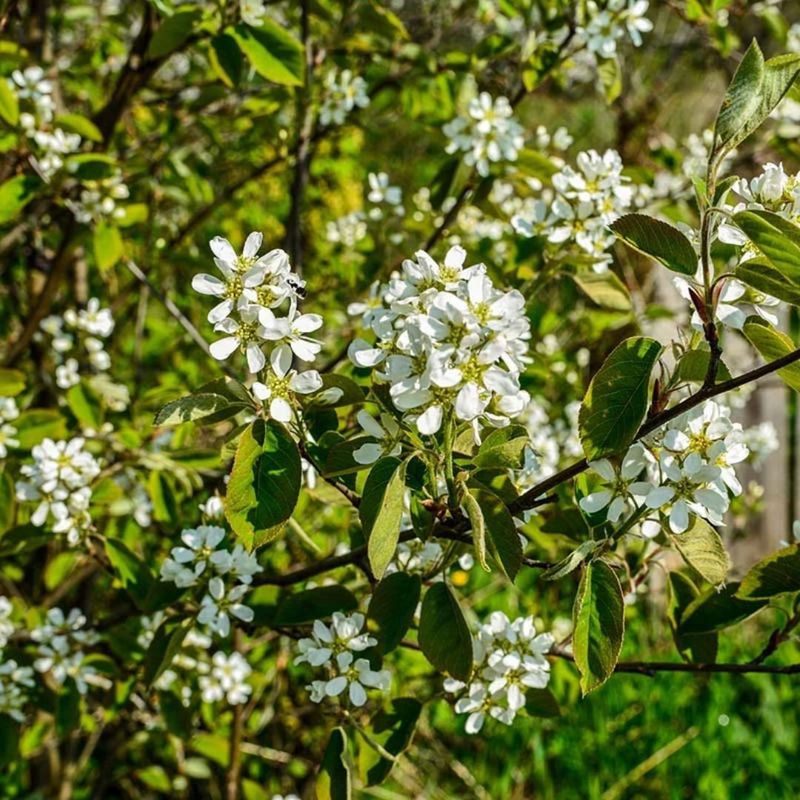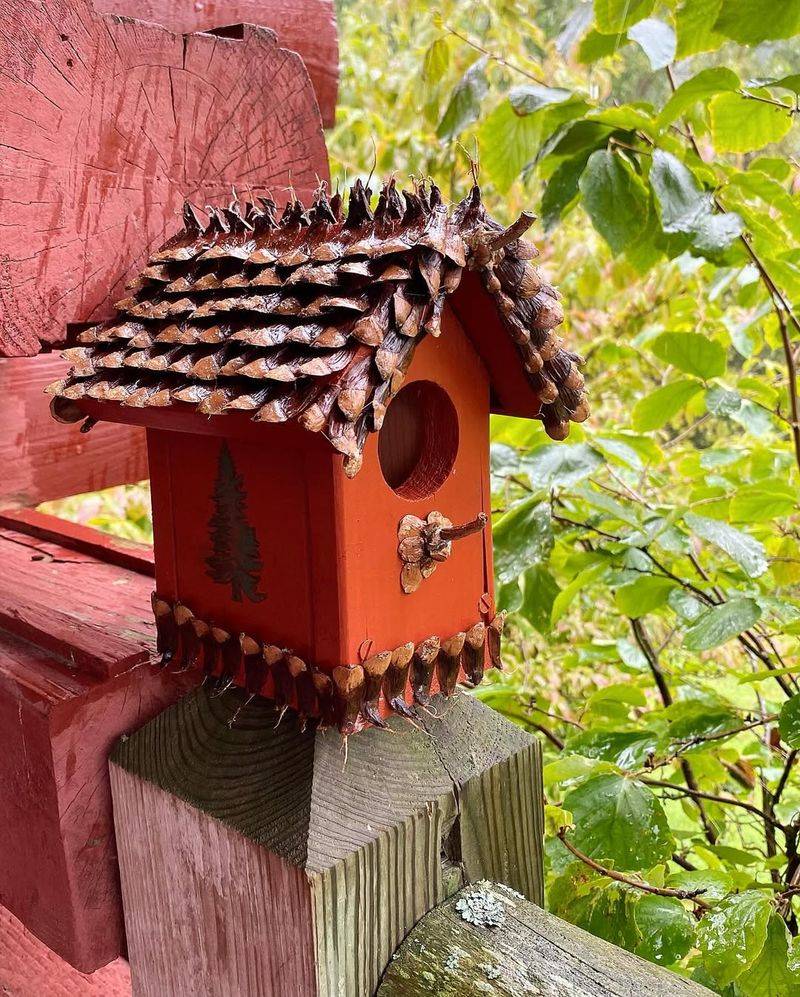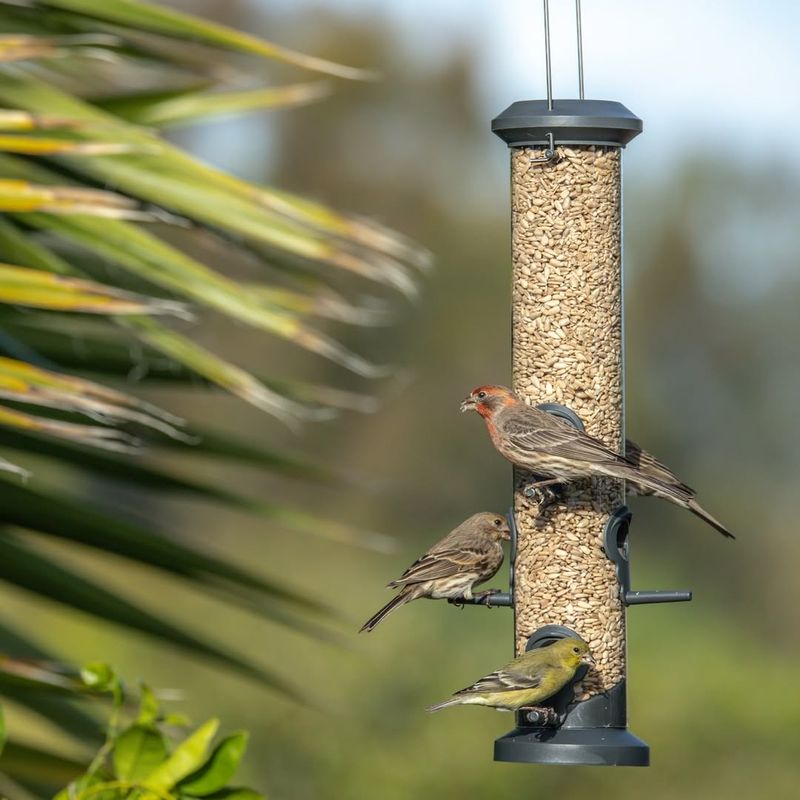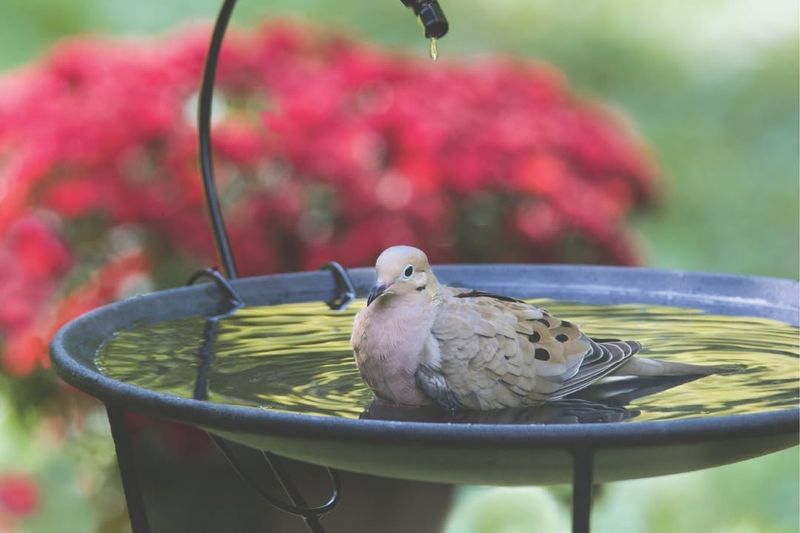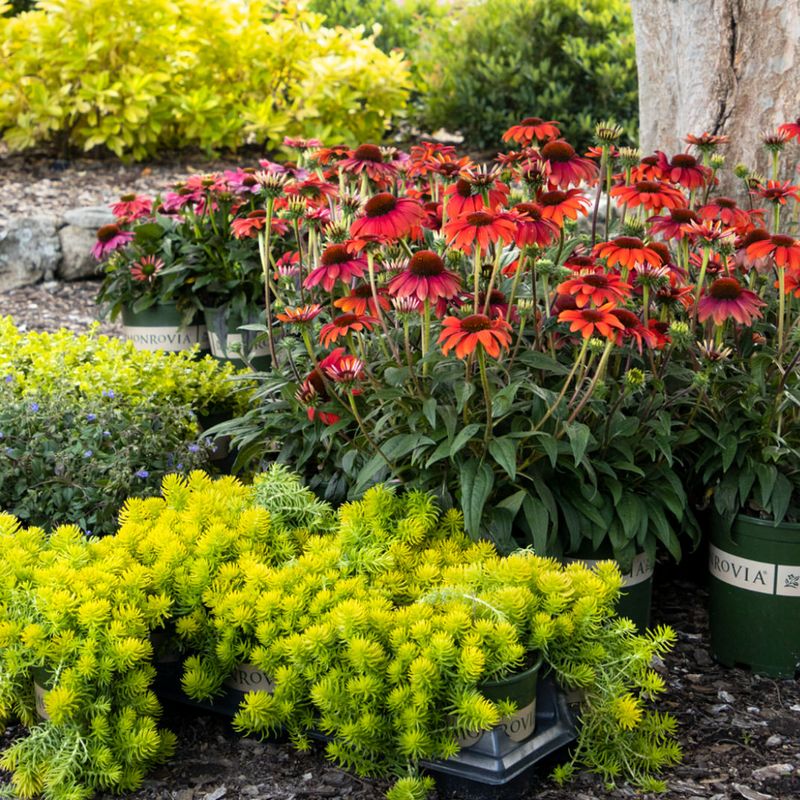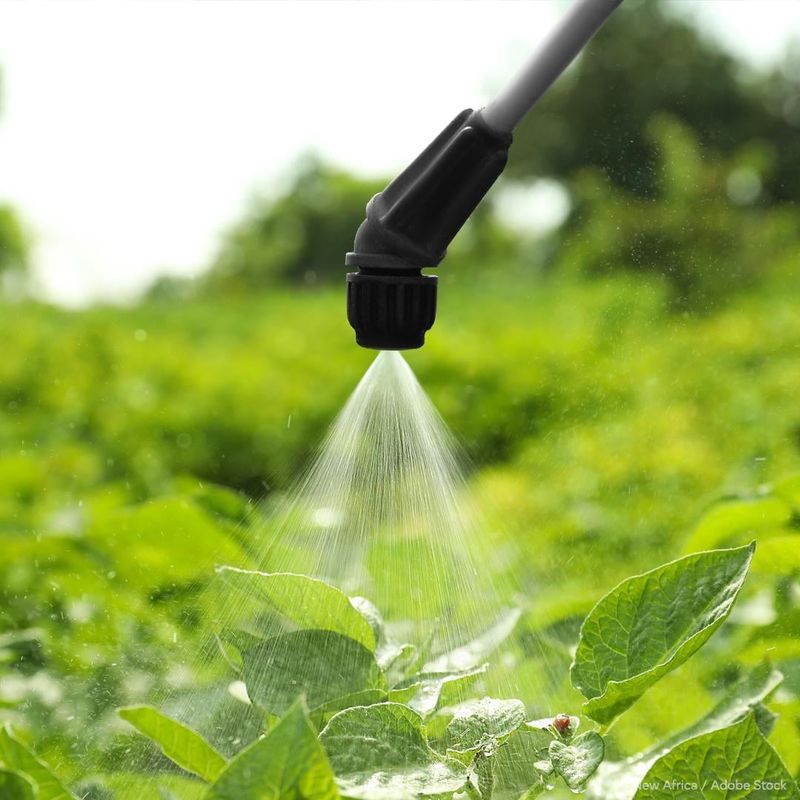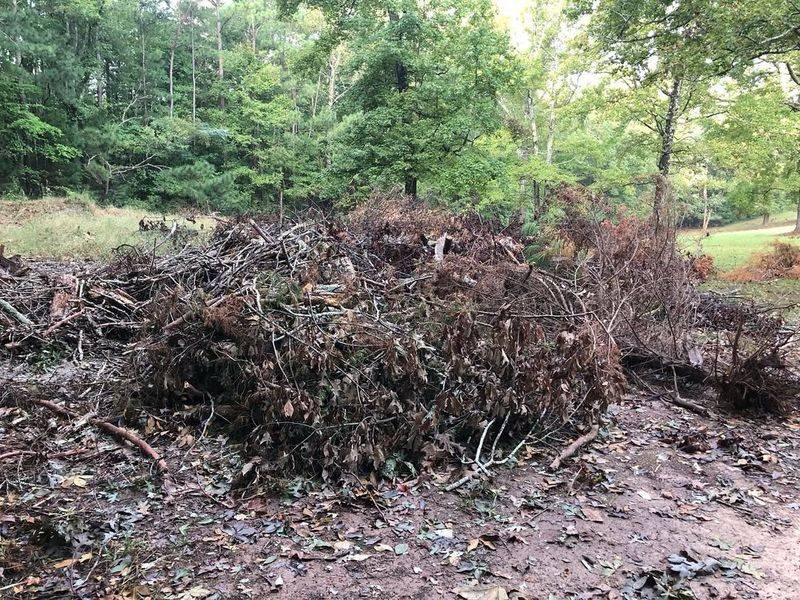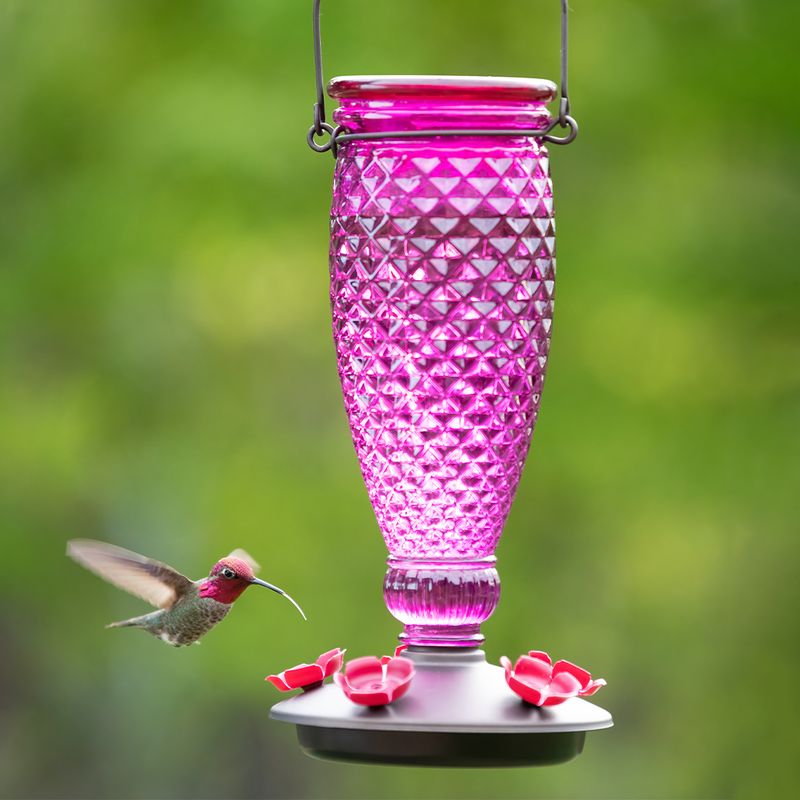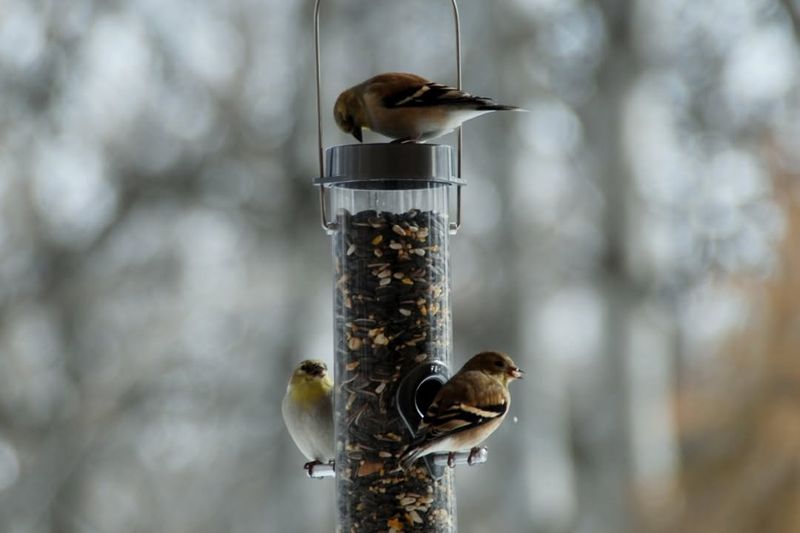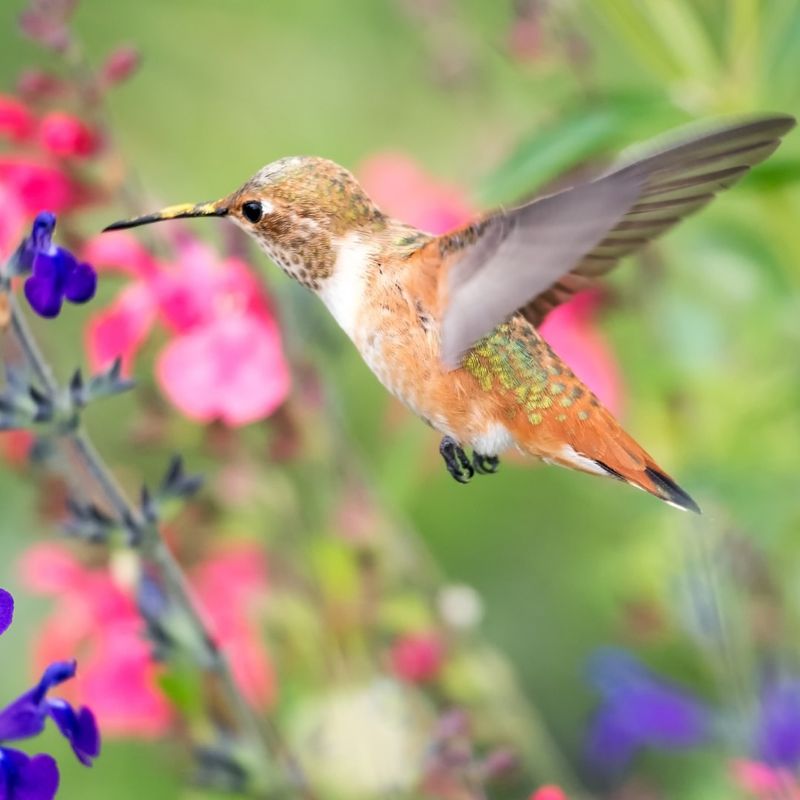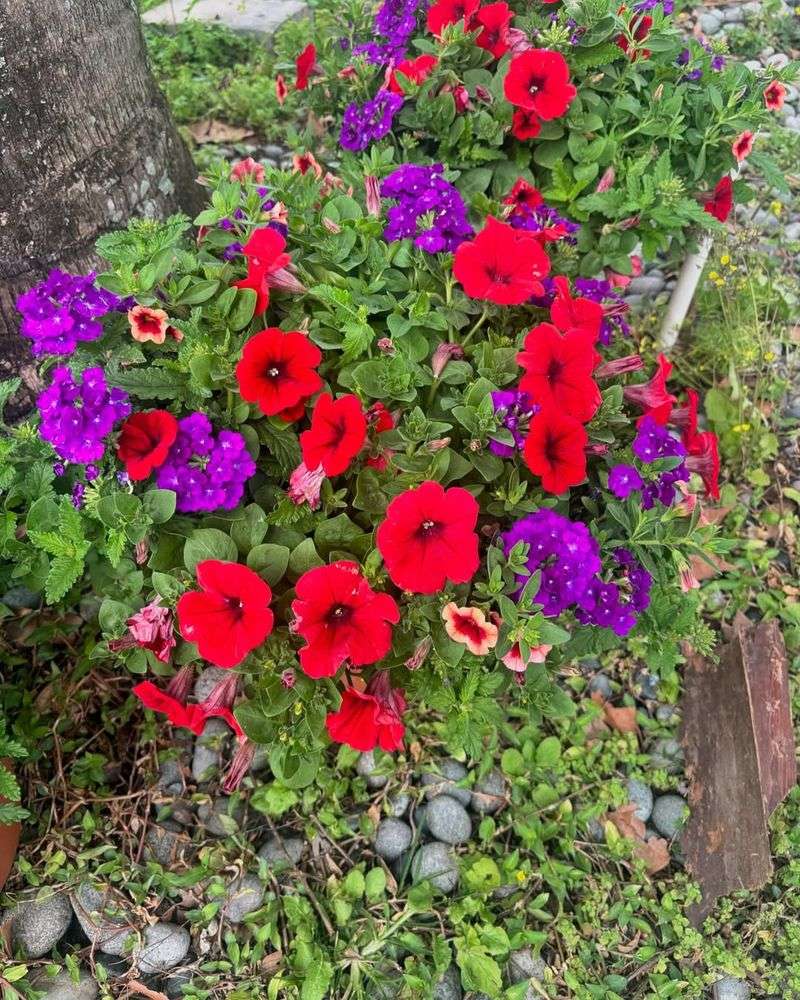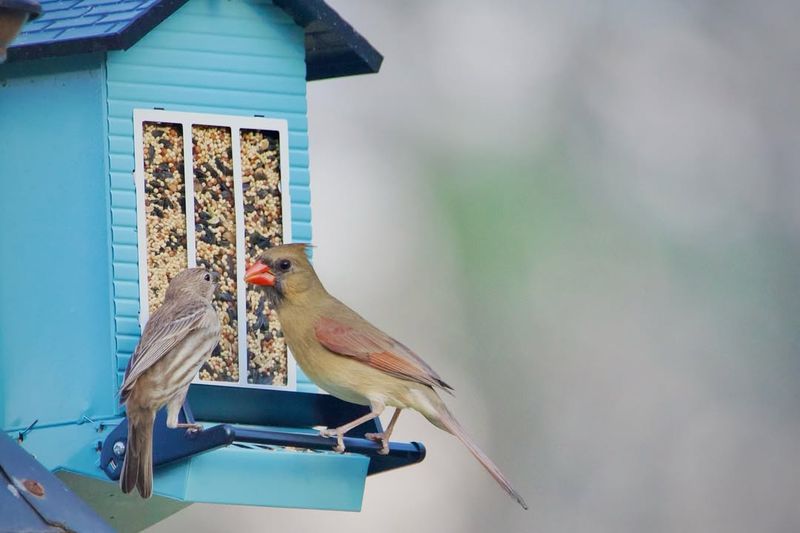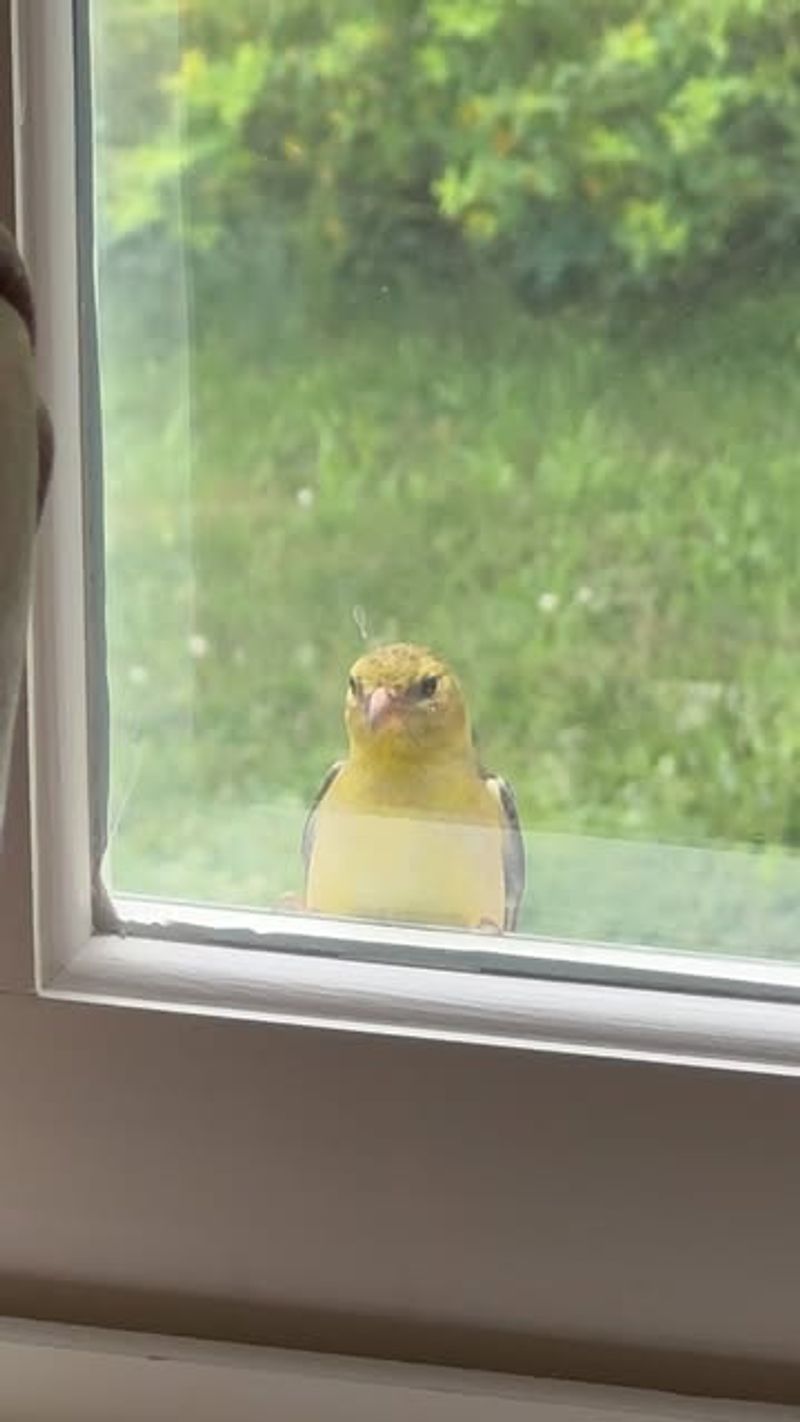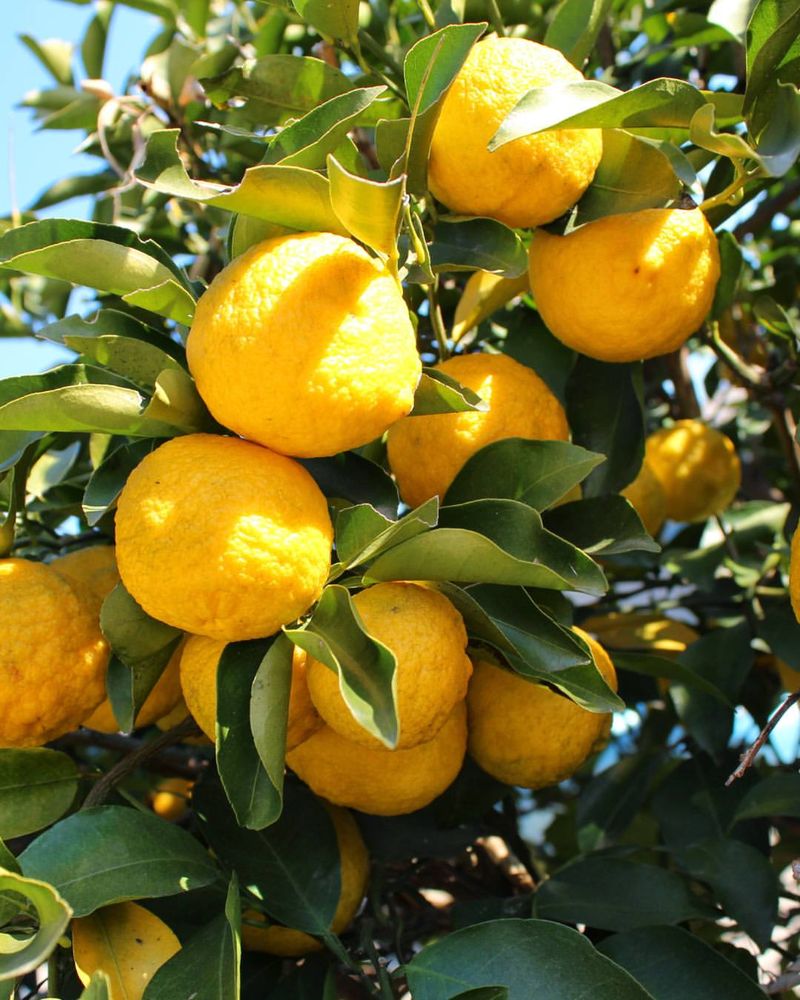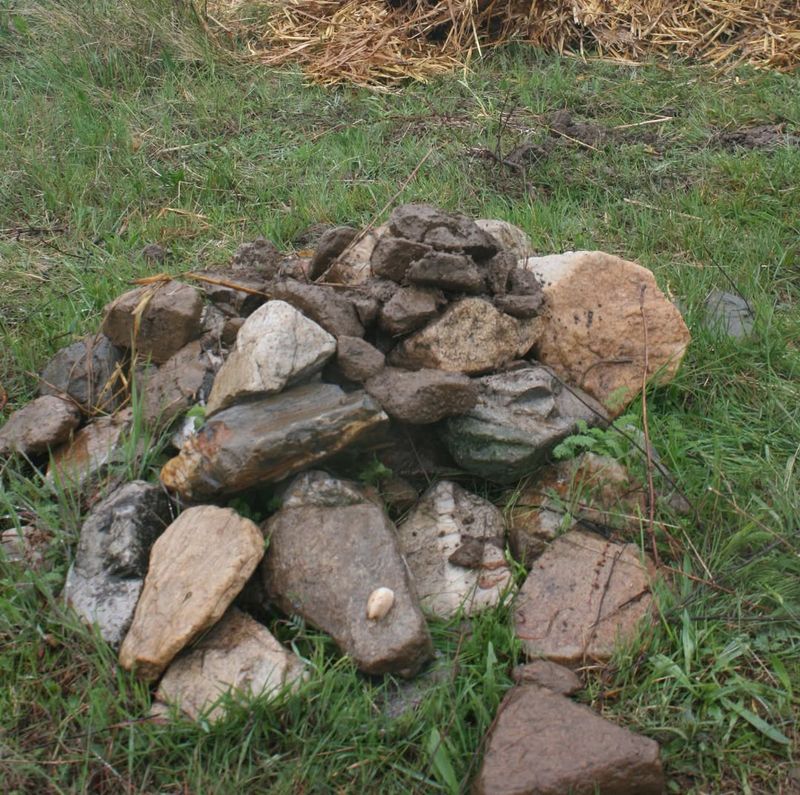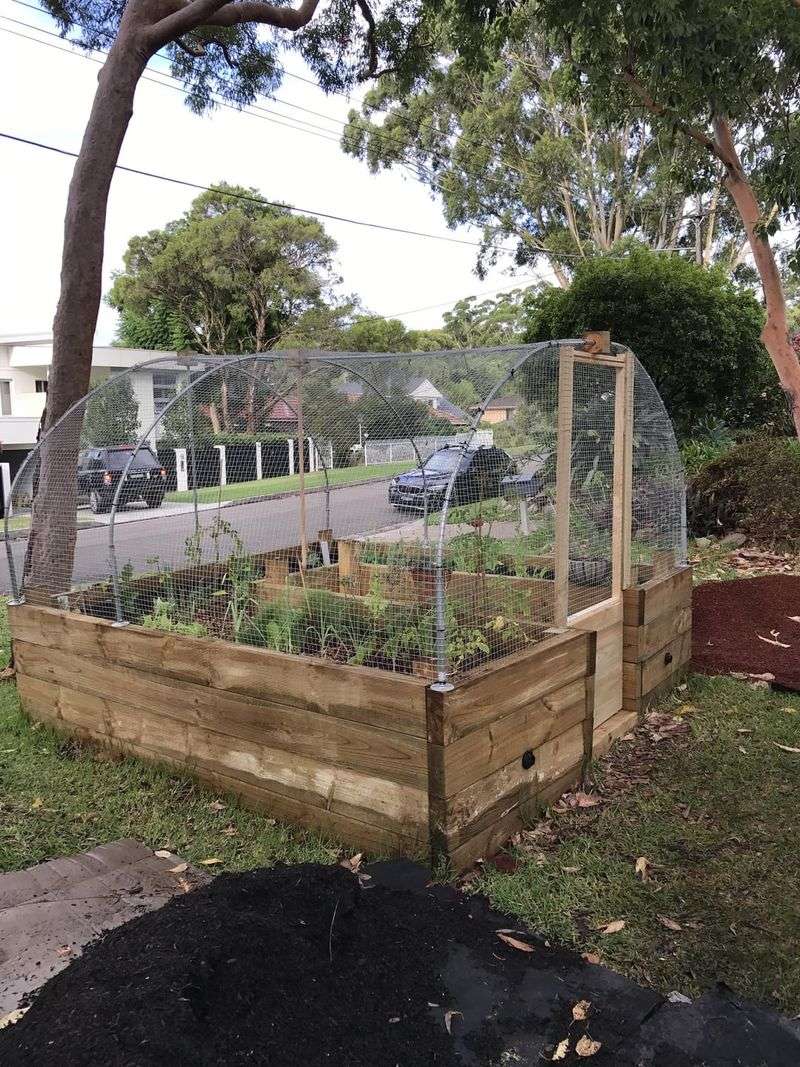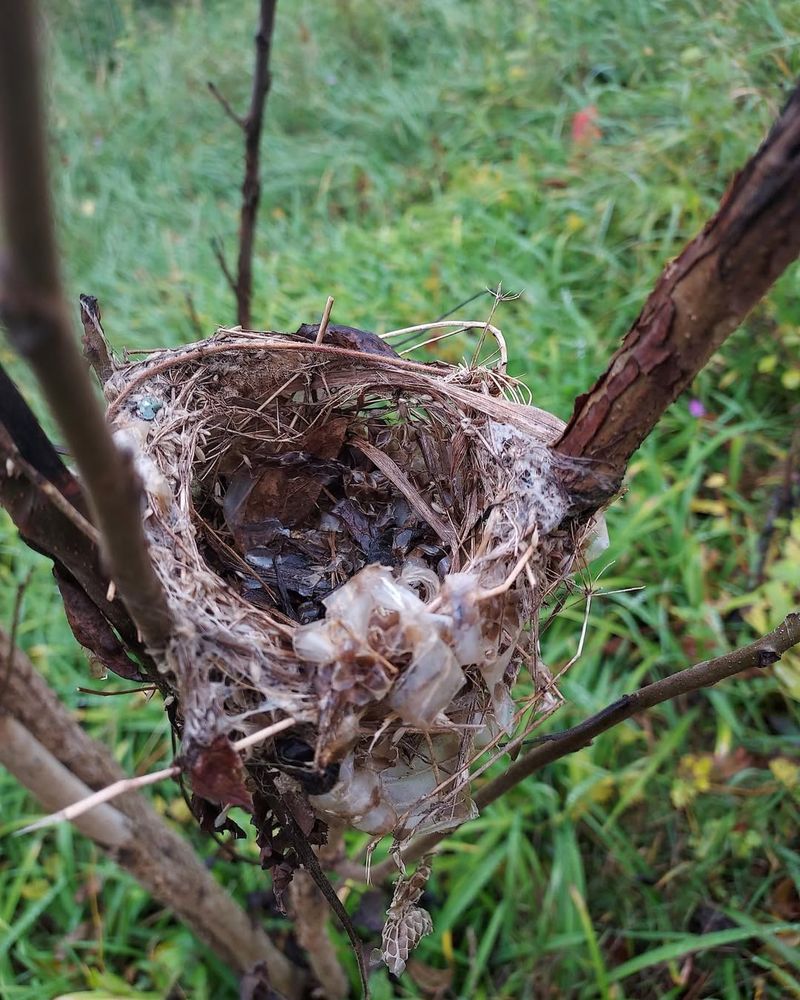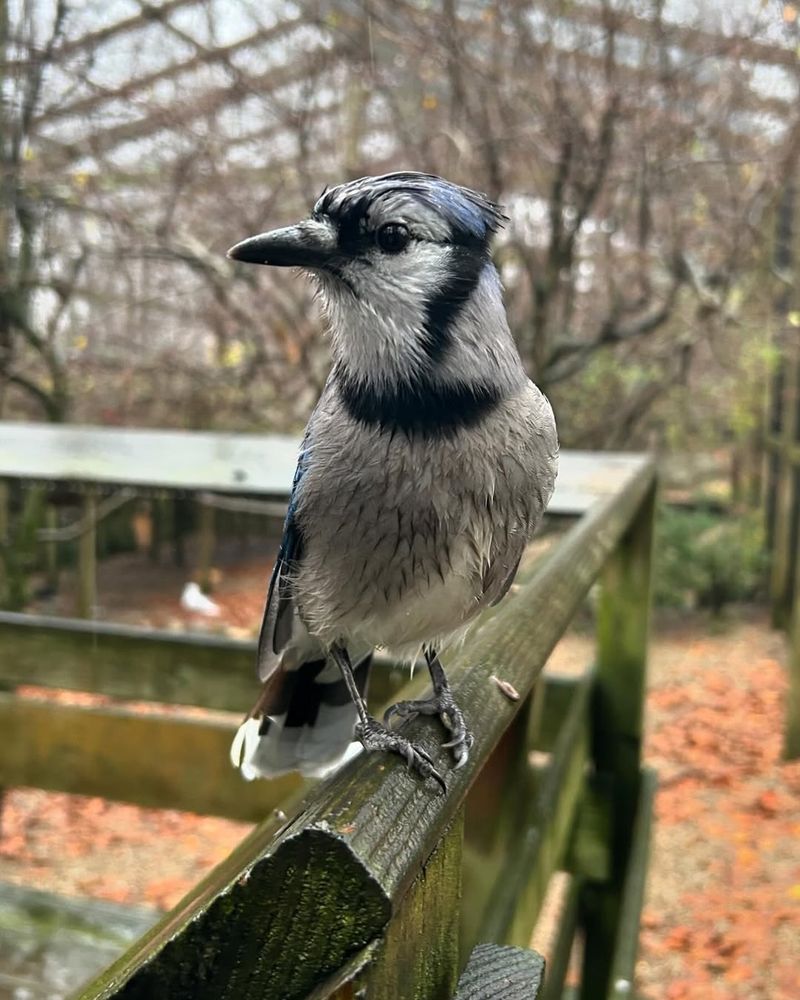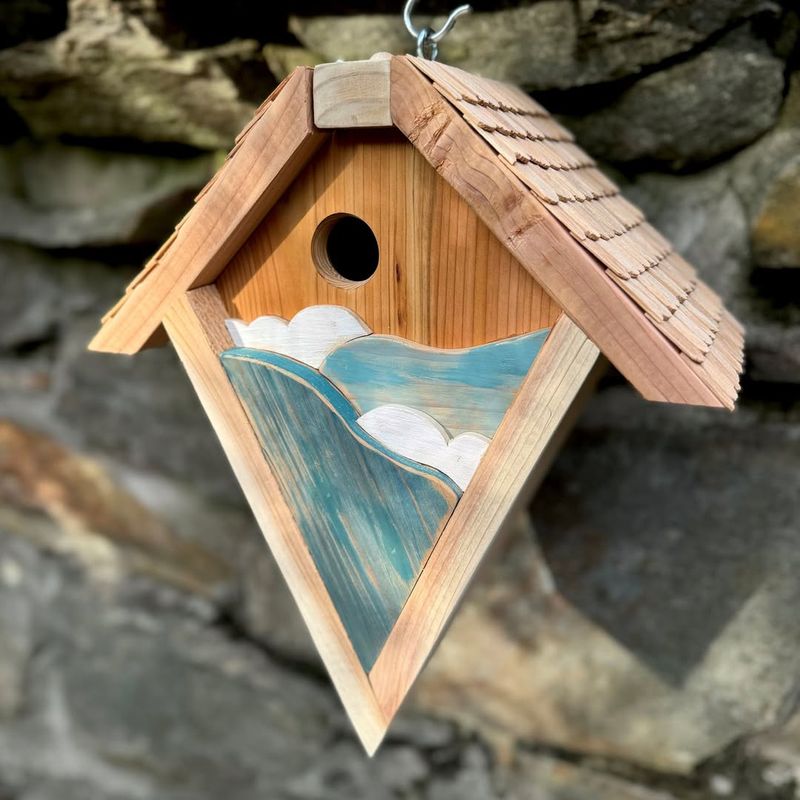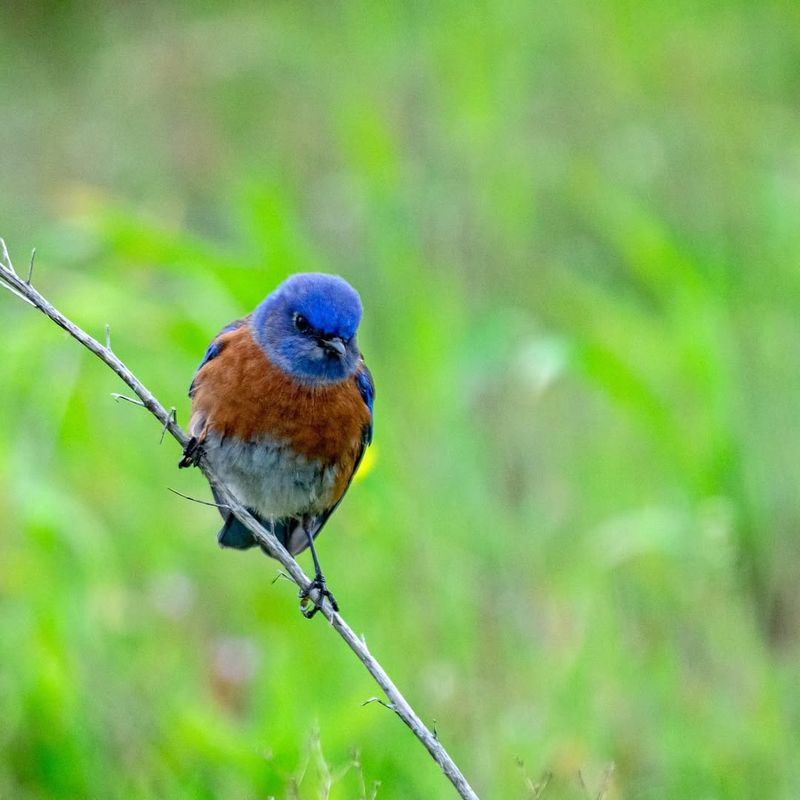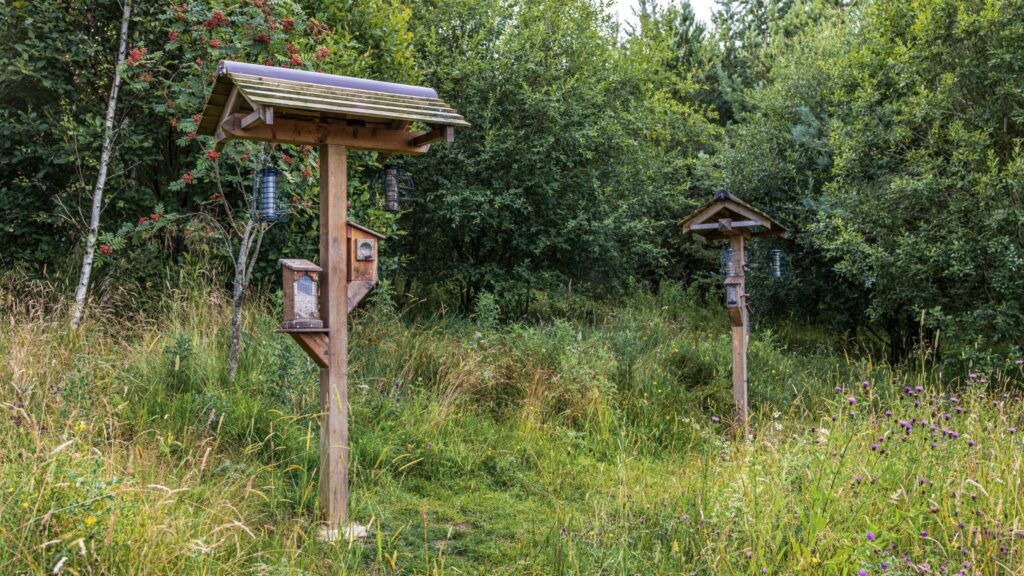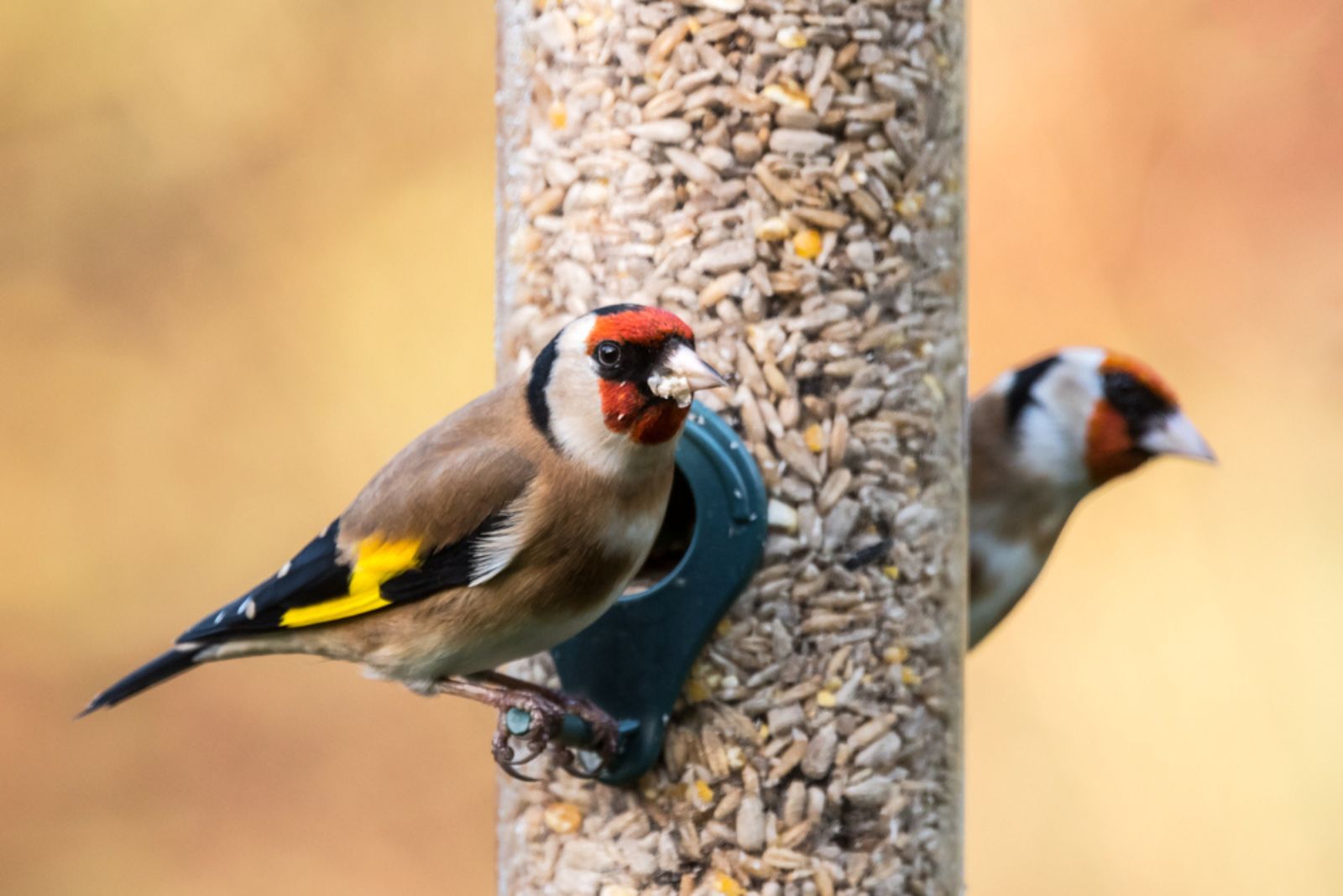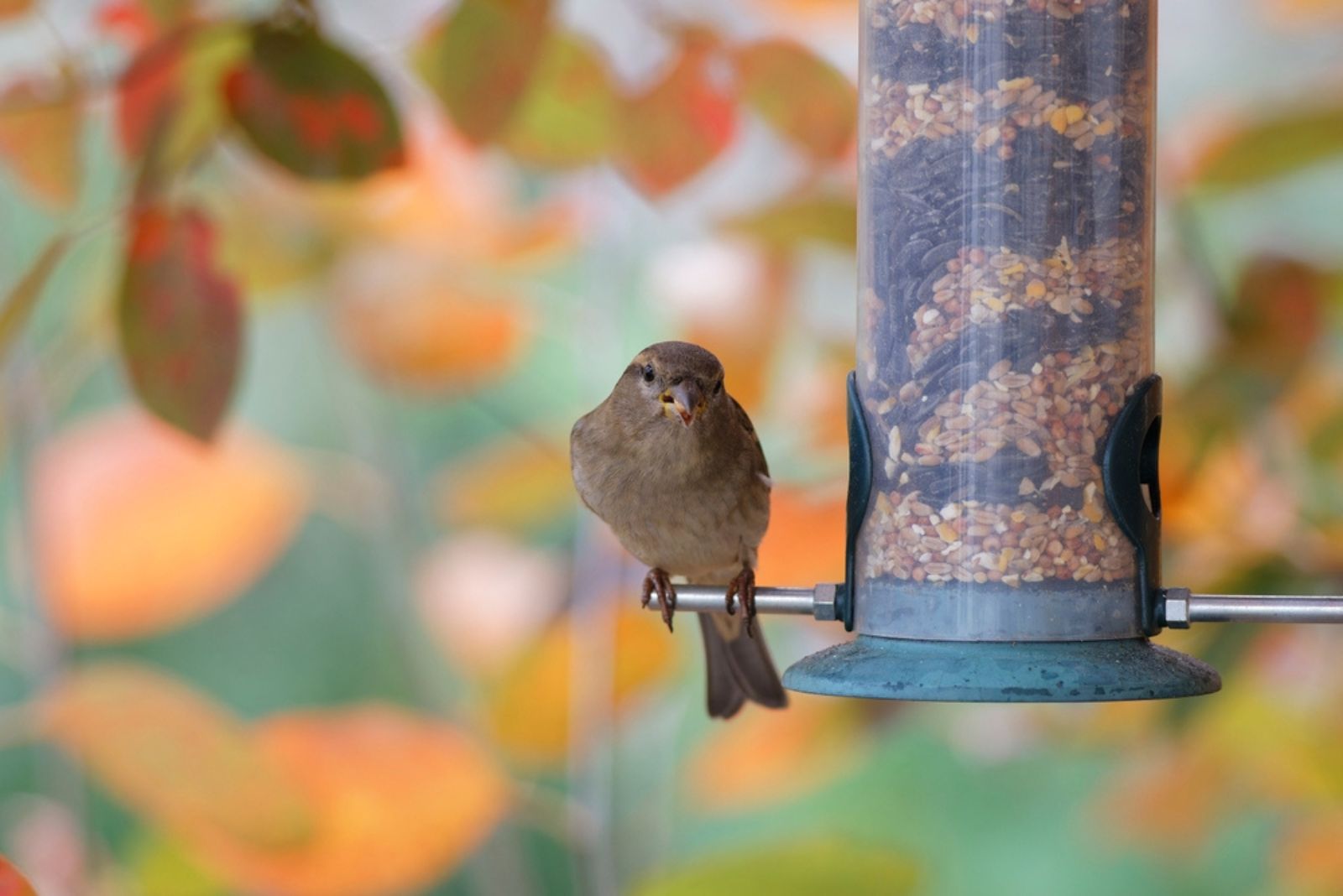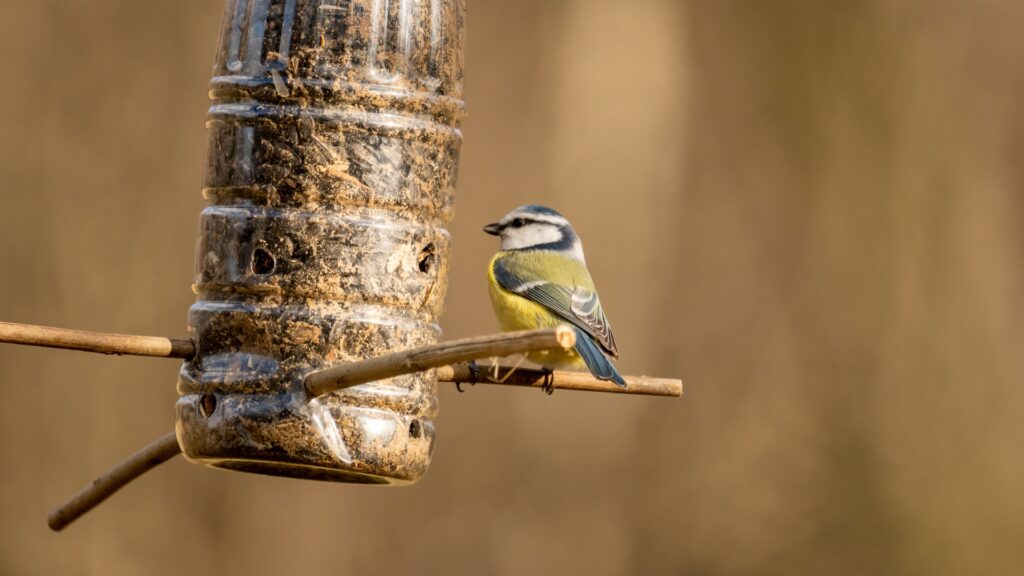There’s nothing like sipping your morning brew while birds flutter past like feathered VIPs. But if your feeder’s been gathering more cobwebs than cardinals, don’t throw in the towel—I’ve walked that same path, seed scoop in hand.
Attracting birds takes more than just tossing out seed and hoping for the best. With a few savvy tricks up your sleeve, you can turn your yard into an all-you-can-eat avian bistro.
So let’s roll out the red carpet and make your feeder the talk of the treetops—without falling into any bird-brained blunders!
1. Offer a Variety of Seeds
Birds are more likely to visit your feeder when they find a variety of seeds available. Mixing sunflower seeds, millet, and cracked corn caters to different preferences. Placing the feeder at a strategic location enhances the chances of attracting more birds.
Regularly cleaning the feeder prevents the spread of diseases. A clean feeder is welcoming and ensures a healthy environment for your feathered visitors. Refill it often to keep the birds coming back. Variety and cleanliness are key to a successful bird feeder setup.
2. Install a Bird Bath
Water is just as crucial as food when attracting birds to your yard. A bird bath becomes a hotspot for birds seeking a refreshing dip. Placing it near a feeder makes your space more appealing. Ensure you change the water frequently to keep it clean and fresh.
Dirty water can deter birds and pose a health risk. In winter, consider a heater to prevent the water from freezing. A well-maintained bird bath invites an array of avian visitors to your garden.
3. Plant Native Shrubs
Choosing native shrubs provides birds with natural food sources and shelter. Local plants are adapted to the regional climate and soil, offering fruits and seeds that birds love. They also attract insects, another food source for some bird species.
Native shrubs require less maintenance, making them an easy addition to any garden. They contribute to biodiversity and create a mini-ecosystem in your yard. Birds find comfort in familiar surroundings, increasing the chance they’ll visit often.
4. Create Nesting Opportunities
Birdhouses offer secure places for birds to nest. Different species prefer specific types of houses, so consider which birds you want to attract. Positioning and size play crucial roles in making birdhouses inviting.
Maintaining them is essential for ongoing appeal. Clean birdhouses between seasons to prevent parasite buildup. Providing nesting materials like twigs and leaves enhances attractiveness. With these measures, your garden becomes a haven for nesting birds.
5. Use a Variety of Feeders
Feeding diversity improves the likelihood of attracting various bird species. Tube feeders, suet feeders, and platform feeders each cater to different birds. Having multiple feeders prevents overcrowding and dominance by aggressive species.
Adjusting feeder placement can further diversify your visitors. Experimenting with heights and locations makes your garden accessible to more birds. Keep feeders clean and stocked to keep them coming. Diversity in feeders makes birdwatching a more engaging experience.
6. Add a Dripper or Mister
The sound and movement of water are irresistible to birds. A dripper or mister creates an inviting atmosphere around a bird bath or garden pond. Birds are drawn to the gentle noise and the sparkle of moving water.
These features also help maintain humidity and cool the environment. Regular maintenance ensures the system works efficiently. Placement near feeders maximizes attraction. With a dripper or mister, your yard becomes an appealing oasis for birds.
7. Grow Sunflowers
Sunflowers bring color and vitality, offering seeds that many birds relish. Planting them in clusters increases the food supply and creates a natural perch. Their height provides a vantage point for birds to survey their surroundings.
Sunflowers are easy to grow and require little attention once established. They bloom through summer, providing a steady food source. The visual appeal of sunflowers adds charm to your garden while supporting local wildlife.
8. Incorporate Bird-Friendly Landscaping
Landscaping with trees, shrubs, and flowers creates a dynamic environment for birds. Layering heights provides shelter and foraging opportunities. Open spaces allow birds to safely navigate your garden.
Choosing plants that produce seeds, berries, or nectar further attracts birds. Bird-friendly landscaping is sustainable and enhances the beauty of your yard. It transforms ordinary spaces into thriving habitats, inviting birds to visit regularly.
9. Avoid Pesticides
Pesticides harm birds by reducing their food supply and introducing toxins. Opting for natural pest control methods supports a healthier ecosystem. Encouraging beneficial insects provides birds with a steady food source.
Companion planting and organic solutions keep pests in check without harming birds. A pesticide-free garden aligns with nature’s balance, making it more attractive to visiting birds. Healthier plants thrive, creating a vibrant habitat.
10. Create Brush Piles
Brush piles mimic natural habitats, offering shelter and nesting sites. Fallen branches and leaves create a cozy hideaway for birds. Placing them near feeders integrates them into your garden’s ecosystem. As they decompose, brush piles attract insects, providing another food source.
Regularly adding material keeps the pile fresh and inviting. Creating brush piles enhances biodiversity, making your yard a welcoming space for birds.
11. Install a Hummingbird Feeder
Hummingbirds bring excitement with their vibrant colors and aerial acrobatics. A feeder filled with sugar water attracts these tiny birds. Hanging it near flowering plants increases its allure.
Regular cleaning prevents mold and fermentation, ensuring the feeder remains healthy. Placing it in shaded areas keeps the nectar fresh longer. These small steps make your garden a hummingbird haven, delighting visitors with their presence.
12. Set Up a Mealworm Feeder
Live mealworms attract insect-eating birds like bluebirds and robins. A dedicated feeder makes them accessible to these species. Positioning it near cover offers safety for shy birds.
Regular restocking keeps birds returning for this nutritious treat. Mealworm feeders complement traditional seed feeders, diversifying the bird population. They’re a simple addition that provides essential protein for your feathered friends.
13. Provide Seasonal Foods
Birds have varying dietary needs throughout the year. Offering seasonal foods like suet in winter and fresh fruits in summer ensures they receive essential nutrients. Adjusting your offerings keeps birds interested.
This practice supports their health and encourages regular visits. Understanding seasonal patterns creates a nurturing environment. By catering to their needs, your garden becomes a year-round destination for birds.
14. Create a Quiet Zone
Birds need peaceful areas to feed and rest. Designating a quiet zone reduces stress and increases their comfort. Positioning feeders and baths away from noise and activity enhances appeal.
Quiet zones allow birds to thrive without disruption. This thoughtful arrangement invites more birds and improves their well-being. Creating such spaces shows respect for wildlife, fostering harmonious coexistence.
15. Add Colorful Plants
Colorful plants attract birds by offering nectar and visual interest. Flowers like coneflowers and zinnias provide food and beauty, making them popular choices. Planting diverse species supports a wide range of birds.
Colorful gardens offer aesthetic pleasure and ecological benefits. They enliven your yard, creating an inviting environment for birds. By choosing the right plants, you can enjoy a vibrant, bird-friendly space.
16. Maintain Feeder Cleanliness
Clean feeders are vital for bird health. Regular maintenance prevents mold and bacteria, ensuring a safe feeding area. Birds are more likely to visit a clean feeder, knowing it’s a healthy choice. Using warm, soapy water and rinsing thoroughly keeps feeders in top condition.
Cleanliness is a simple yet effective way to attract and retain bird visitors. It shows care for their well-being, encouraging regular visits.
17. Install a Bird-Friendly Window
Windows can pose threats to birds, but simple solutions exist. Decals and screens prevent collisions, making your home safer for avian visitors. Properly placing feeders reduces the risk of injury.
Bird-friendly windows offer uninterrupted views of your garden paradise. They create a safe environment that attracts birds without harm. These measures demonstrate a commitment to bird safety, enhancing your home’s appeal.
18. Grow Fruit-Bearing Trees
Fruit-bearing trees offer sustenance and shelter for birds. Apples, cherries, and mulberries are excellent choices that attract various species. Trees provide shade and nesting sites, enhancing your garden’s habitat. Regular pruning encourages healthy growth and fruit production.
Selecting a mix of trees extends the harvest season, ensuring a steady food supply. These trees add beauty and function to your yard, supporting bird life.
19. Construct a Rock Pile
Rock piles create microhabitats that attract birds and other wildlife. They offer shelter from predators and places to forage for insects. Positioned near water or food sources, they enhance your garden’s appeal.
Rocks absorb sunlight, providing warm resting spots for birds. This natural feature requires minimal maintenance. A well-placed rock pile becomes a vital part of a bird-friendly yard.
20. Add Windbreaks
Windbreaks provide protection from harsh weather, creating a comfortable environment for birds. Strategically planting trees or shrubs shields feeders and baths from the elements.
Windbreaks offer year-round benefits, improving your garden’s microclimate. They reduce wind-related stress for birds, encouraging frequent visits. A thoughtful layout enhances both aesthetics and functionality.
21. Provide Nesting Material
Offering nesting materials encourages birds to settle in your yard. Natural items like twigs, feathers, and cotton make ideal building blocks. Placing them in accessible locations simplifies the gathering process.
This practice supports birds’ natural behaviors and enriches their habitat. It’s a simple way to attract nesting birds and observe their life cycle. Providing materials fosters a sense of community in your garden.
22. Create a Bird Sanctuary
Designating a sanctuary corner caters specifically to birds’ needs. This dedicated space includes feeders, water features, and shelter. It’s important to maintain a tranquil atmosphere. A bird sanctuary supports conservation and offers a refuge for local wildlife.
Thoughtful planning transforms part of your yard into a thriving ecosystem. Witnessing birds flourish in this space brings joy and satisfaction.
23. Hang Nesting Boxes
Nesting boxes provide secure homes for various bird species. Proper placement and sizing increase their appeal. They’re essential for birds that can’t find natural cavities.
Regular inspection and cleaning keep nesting boxes appealing. They contribute to species diversity in your backyard. This simple addition turns your garden into a supportive habitat.
24. Install a Bird Call Device
Bird call devices mimic natural sounds, attracting curious birds. Strategically placing them enhances their effectiveness. They’re especially useful in drawing attention to new feeders or habitats.
Using recordings of local species makes these devices more authentic. Regular use creates familiarity, encouraging birds to visit frequently. This innovative tool complements traditional bird attraction methods.
25. Add a Feeding Station Roof
A roof over your feeding area offers protection from rain, snow, and intense sunlight. By keeping seeds dry and fresh, it prevents spoilage and mold, which can deter birds and cause illness. A covered station also helps birds feel safer, giving them shelter while they eat.
Materials like wood or metal can blend into your garden’s aesthetic while providing function. You can build one yourself or purchase a pre-made shelter. This simple addition extends the life of your seed and enhances your feeder’s year-round appeal.
26. Offer Grit and Calcium Sources
Birds need grit to help them digest food and calcium to support healthy egg production, especially during breeding season. Crushed eggshells, oyster shells, or fine gravel can provide these essential nutrients. Placing them in shallow trays or sprinkled near feeders encourages foraging behavior.
Keep the area clean and replenish regularly. Sterilizing crushed eggshells by baking them ensures safety. These simple additions support bird health and create a more complete feeding station, showing you care for their well-being beyond just seed.
27. Using Cheap or Stale Birdseed
Not all birdseed is created equal! Low-quality mixes often contain fillers like red millet, wheat, and oats, which most birds ignore.
These leftovers can rot, attract pests, or grow mold, making your feeder unappealing. Stick to fresh, high-quality seeds like black oil sunflower, nyjer, or suet to keep the birds coming back.
28. Placing Feeders in Unsafe Locations
Birds need to feel safe and secure while feeding. If your feeder is too exposed, they’ll be easy targets for predators like cats and hawks.
On the flip side, if it’s too close to dense bushes, sneaky predators can hide nearby. The best spot? A few feet away from trees or shrubs—close enough for a quick escape but far enough to avoid lurking dangers.
29. Ignoring Squirrel-Proofing
Squirrels might seem harmless, but they can quickly become a nuisance at bird feeders. These agile intruders steal food, damage feeders, and scare away birds.
Investing in squirrel-resistant feeders or installing baffles can make a big difference. Placing feeders away from jump-off points like trees or fences also helps. By keeping squirrels at bay, you ensure that your feathered friends enjoy a safe and reliable feeding spot.
30. Overfilling the Feeder
It’s tempting to top off your feeder to the brim, but overfilling can actually work against you. Excess seed can spill out, rot, or attract unwanted pests like rats or raccoons. Spoiled food also poses health risks for birds.
Instead, refill smaller amounts more frequently to maintain freshness. This keeps your feeder clean and your visitors safe, all while reducing waste. A little moderation goes a long way in keeping your bird buffet both popular and healthy.

